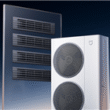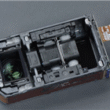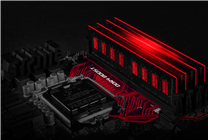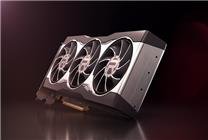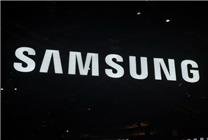Memory Chip Market Sees Unprecedented Surge: Implications for Investors and Consumers
Summary:
- The memory and flash memory markets have experienced significant price increases, marking a rare event in recent years.
- SK Hynix has outperformed Samsung, posting record-breaking profits, and its stock has surged dramatically.
- Ongoing price hikes in memory chips are expected to continue into next year, affecting consumer electronics pricing.
The memory chip market has experienced transformative changes over the past month, culminating in a remarkable surge in prices for both memory and flash memory. This spike is unprecedented, representing one of the most significant price escalations in the last decade and sending shockwaves through the stock market as manufacturers witness substantial increases in their share prices.
SK Hynix: A Market Leader
SK Hynix, traditionally ranked second to Samsung in the memory sector, has overtaken its competitor in the past three quarters. The third-quarter results were impressive, showcasing revenue of 24.45 trillion won (approximately RMB 121.272 billion), a year-on-year growth of 39%. Operating profit reached 11.38 trillion won (approximately RMB 56.445 billion), marking a stunning increase of 62%. Notably, this is the first instance in which SK Hynix has exceeded 10 trillion won in profit since its inception, narrowing the competitive gap with Samsung.
The company’s stellar performance aligns with the surge in demand for memory and flash memory driven primarily by advancements in artificial intelligence and machine learning technologies. Consequently, SK Hynix’s stock price has skyrocketed—an increase of 11% in a single day and a staggering 70% rise within the quarter itself. Over the past year, the stock has soared by approximately 240%, prompting some analysts to double their target price predictions to 1 million won.
Regulatory Concerns Emerge
However, this extraordinary rise has not gone unnoticed by regulatory authorities in South Korea. Following an investment warning by the Korea Exchange, SK Hynix’s stock experienced a downturn, dropping by 5.3% the following day. Despite this temporary setback, market analysts remain optimistic about the continuing upward trajectory of SK Hynix’s stock, supported by the sustained demand for memory and flash memory products.
Flash Memory Prices on the Rise
A closer examination of the flash memory market reveals that in October alone, the price of DDR5 16Gb chips more than doubled, soaring from just over $5 to over $12. Meanwhile, flash memory pricing has risen by approximately 40% within the same timeframe, with 1Tb QLC chips increasing from $5 to roughly $7.
Market forecasts suggest that this trend of rising prices for memory chips is likely to persist at least through the second quarter of next year, with some experts speculating that hikes could extend into the third quarter. The potential price inflation may indicate a grim scenario for consumers planning to purchase mobile phones or PCs in the coming year.
Broader Impact on Electronics Pricing
It’s critical to note that the increasing costs associated with memory chips are not the only concern on the horizon. The prices of CPUs and various microelectronic components are also expected to rise, leading to higher prices for electronic devices across the board. This broader inflation in the tech industry could translate into significant cost increases for consumers, making it essential for potential buyers to prepare for escalated pricing strategies in 2024.
In conclusion, the memory chip market is currently in a state of dynamic transformation fueled by strong demand and shifting industry landscapes. As SK Hynix leads the charge with remarkable profitability, both investors and consumers must navigate a landscape marked by volatility and escalating prices. Preparation and awareness of these trends will be crucial for anyone looking to make informed decisions in the technology marketplace.
Anticipate Market Changes:
- Keep an eye on ongoing trends in memory chip pricing, especially as they relate to broader economic factors.
- Be prepared for potential price hikes in consumer electronics as manufacturers adjust to increased component costs.
- Stay informed about regulatory actions that may impact stock performance in the memory and semiconductor sectors.
This evolving narrative in the memory chip market underscores the necessity for vigilance and strategic planning for both investors and consumers alike.




